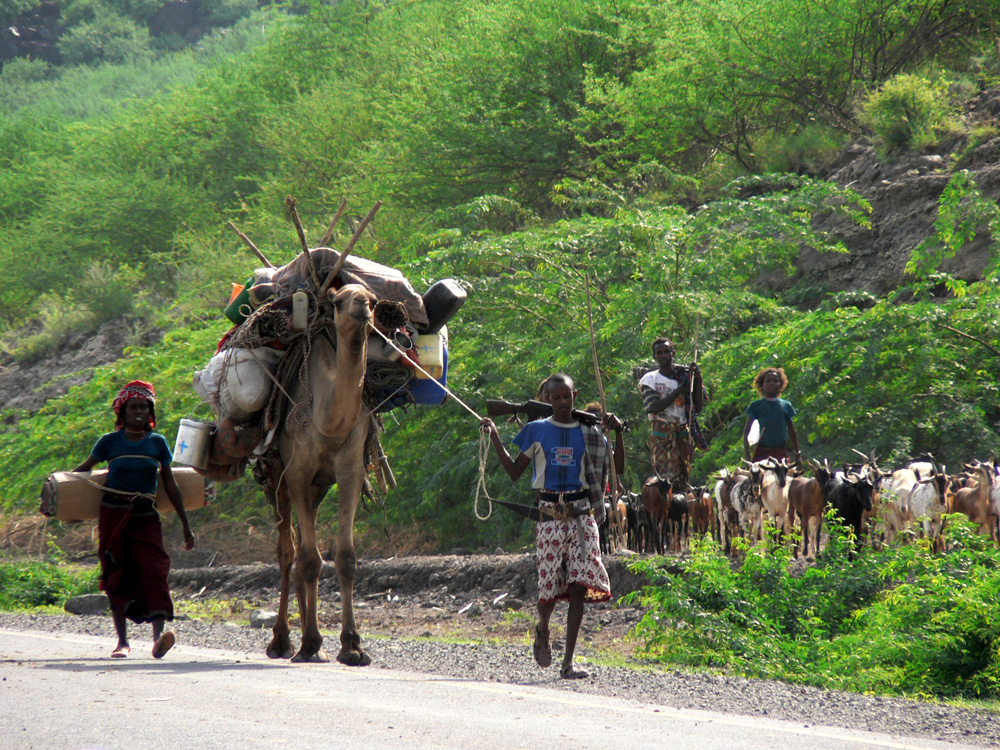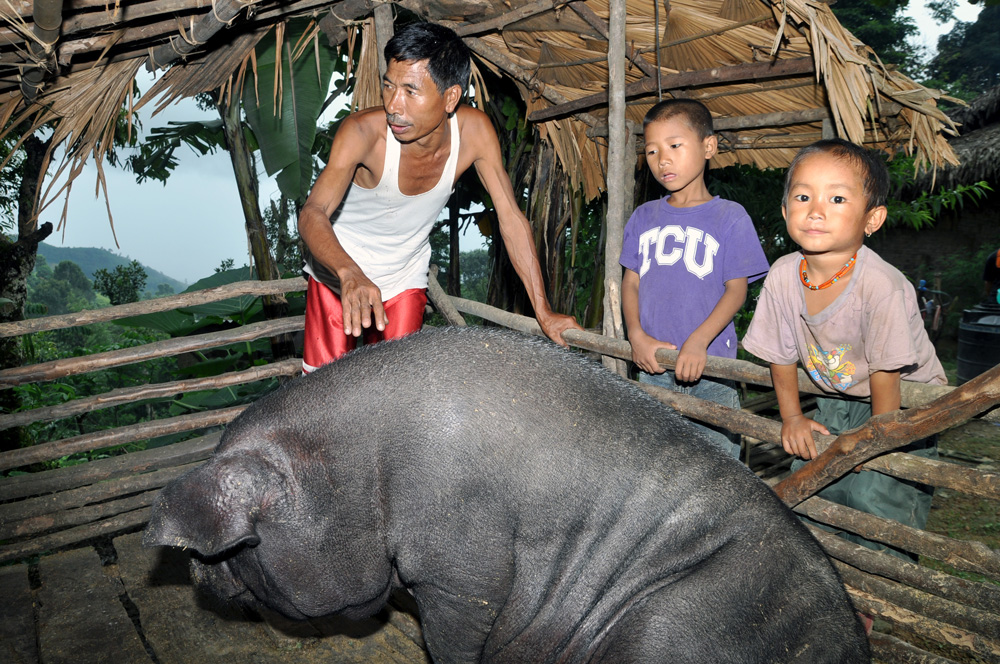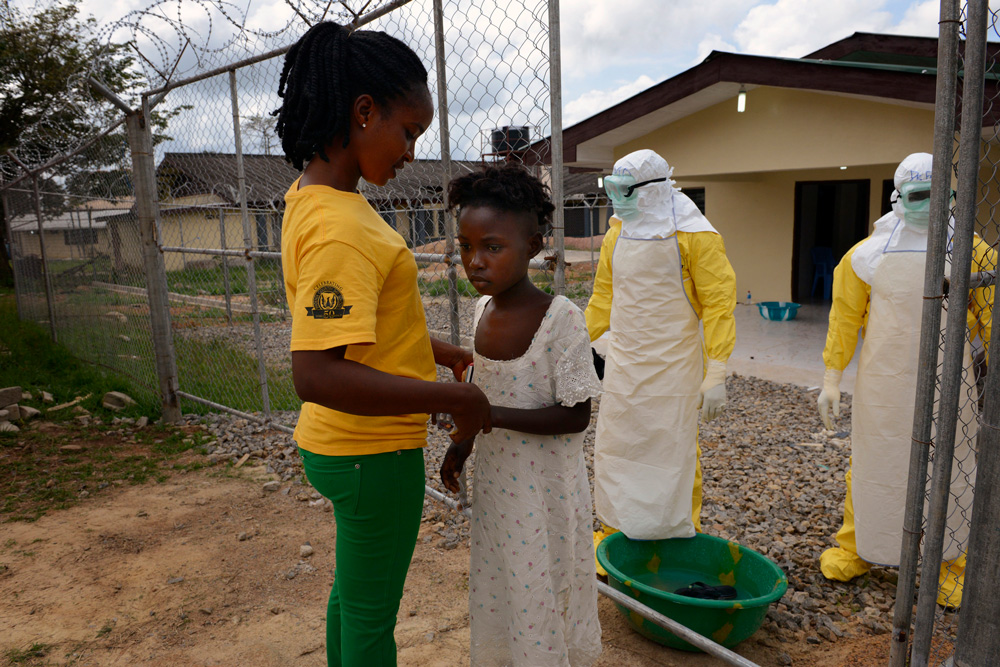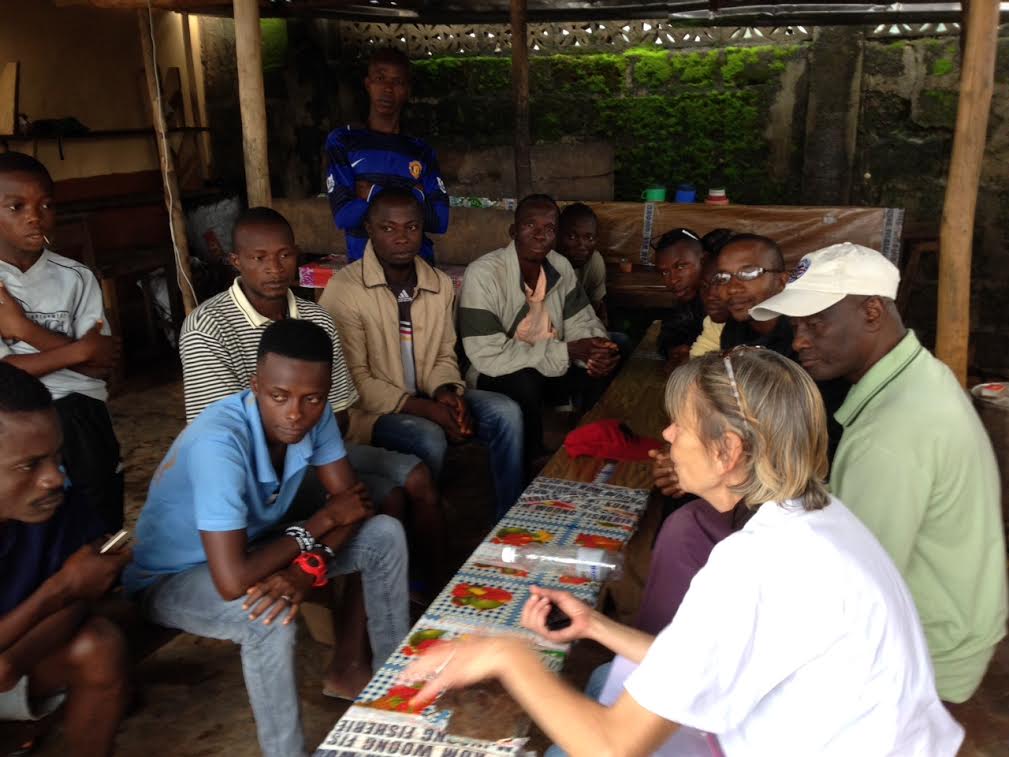A herd of animals can be the only source of income for many families in areas like northern Uganda or southern Africa. Farmers with poor access to infrastructure and capital struggle to address and manage disease outbreaks, which can wipe out a household’s economy. Worldwide 750 million low-income livestock farmers depend on healthy animals for their productivity and livelihood. So, yes! Animal health matters.
But so far, we know very little about how perceptive farmers are and what their response to disease outbreaks is. A seminar ‘Exploring the Whys and the Hows of epidemiology: Integrating social sciences with veterinary research for better understanding and action towards improved animal health in the Global South’ held at the Swedish University of Agricultural Sciences, SLU on the 20th of November, 2018 looked at how scientists from different disciplines see the way local farmers understand the diseases and prevention mechanisms.



